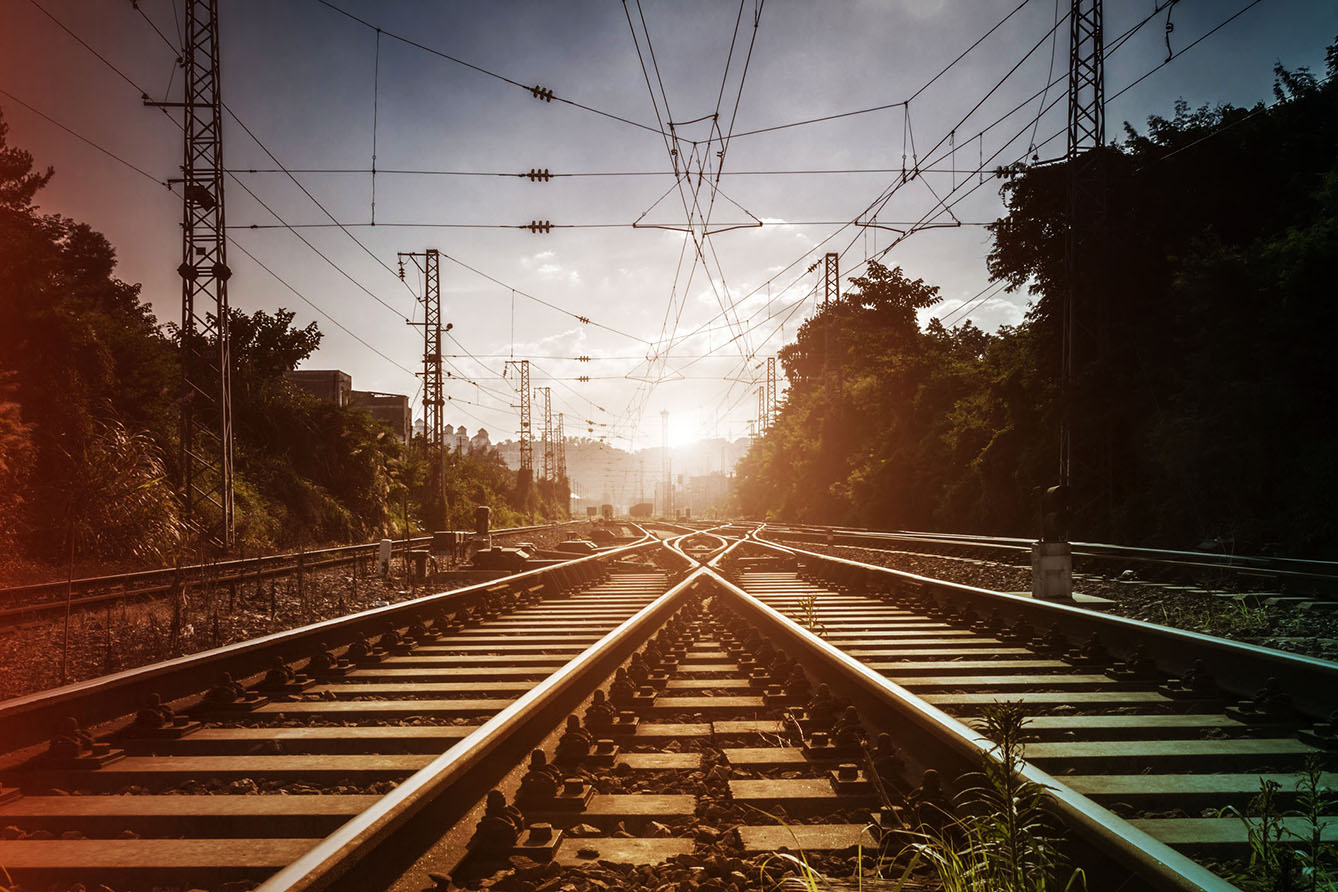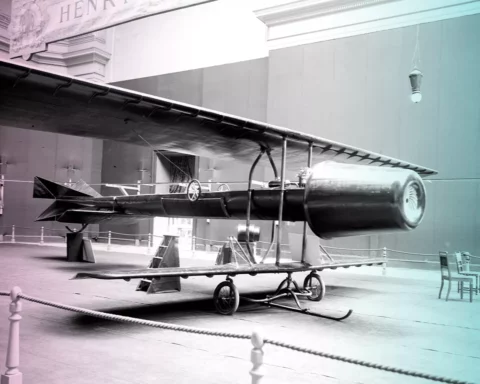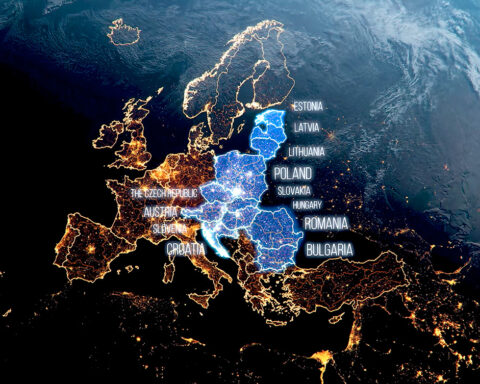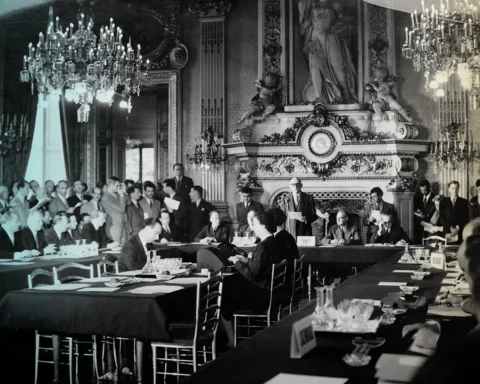Rail-2-Sea is one of the Three Seas Initiative’s 90 official priority projects. The railway line will lead from the Port of Gdańsk on Poland’s Baltic Coast to the Romanian Port of Constanta on the Black Sea. Its construction is mainly based on the need to increase the speed with which freight moves between the two ports and population centers and industrial areas located between them. Passenger traffic will also benefit from the project as fewer cases of clogged sections of rail will frequently bring passenger trains to a near standstill.
The Three Seas Initiative is a regional format of cooperation, bringing together 12 Central Eastern European states from Estonia in the north to Bulgaria and Croatia in the south. Its primary focus is on strengthening infrastructural links between the participating states.
Rail-2-Sea: More than just a railway
The enormous task of developing and modernizing 3,663 kilometers of railway between two seas certainly fits the Three Seas profile. Apart from speeding up freight and passenger traffic on the stretch, Rail-2-Sea will also bring benefits in two other spheres. The Romanian government plans to integrate 5G technology with the new railway infrastructure, basing its 5G roll-out on a country-wide backbone provided by the railway.
Secondly, since the project’s inception, Romania has stressed its so-called “dual-use character.” Apart from its civilian applications, the government in Bucharest views the increased military mobility offered by the railway as a critical component of the project. Romania, a NATO member, located on the alliances eastern flank, has long wanted to increase its capacity to swiftly move large numbers of troops and military equipment between various parts of the country. It also includes the thousands of allied NATO troops stationed in the country.
Integrating the heartland
The initial stretch will feature a single railway line through Poland, Slovakia, and Hungary. The railway will fork out into four branches passing through different large cities before all uniting again, passing through the capital city Bucharest and reaching the end destination of Constanta.
The main works will focus on the modernization and electrification of specific stretches of already existing railway lines. In other places, the tracks will be expanded from single-track to double-track. That will help make it possible for trains running in opposite directions to pass by without having to come to a standstill in designated areas.
One of the most tangible benefits of the project will be Bucharest’s new railway ring. It will connect more than a dozen larger and smaller railway stations to Bucharest’s public transport system
Public tenders for feasibility studies and development of technical design plans are underway for many of the stretches, and in some cases, construction has already started. One of the most tangible benefits of the project will be Bucharest’s new railway ring. It will connect more than a dozen larger and smaller railway stations to Bucharest’s public transport system, resulting in smoother traffic flows, reduced pollution, and better energy efficiency.
Following their meeting in May 2021, the presidents of Poland and Romania stated that they had discussed the following stages of implementation of Rail-2-Sea, proving that the project is still on track. The project will be completed by 2029, improving the life quality and prosperity of millions of Central Eastern Europeans living between the Baltic and the Black Sea.







